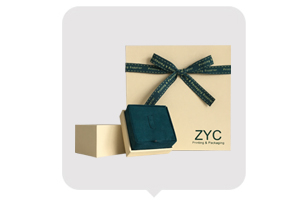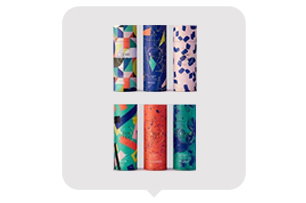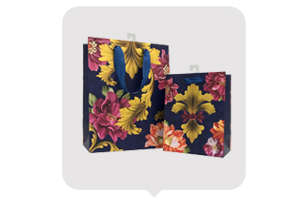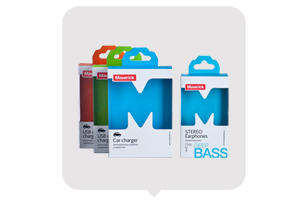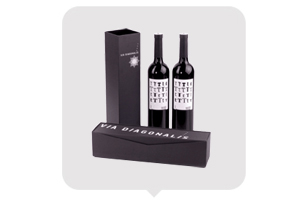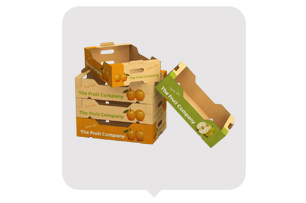This paper explores the role of texture and tactility in packaging design. Focusing on the latest design concepts,
materials, and structure, it examines the significance of these elements in creating an engaging and memorable
user experience. The selection of appropriate materials for packaging paper boxes is also discussed. This paper
concludes with a personal perspective on the impact of texture and tactility in packaging design.
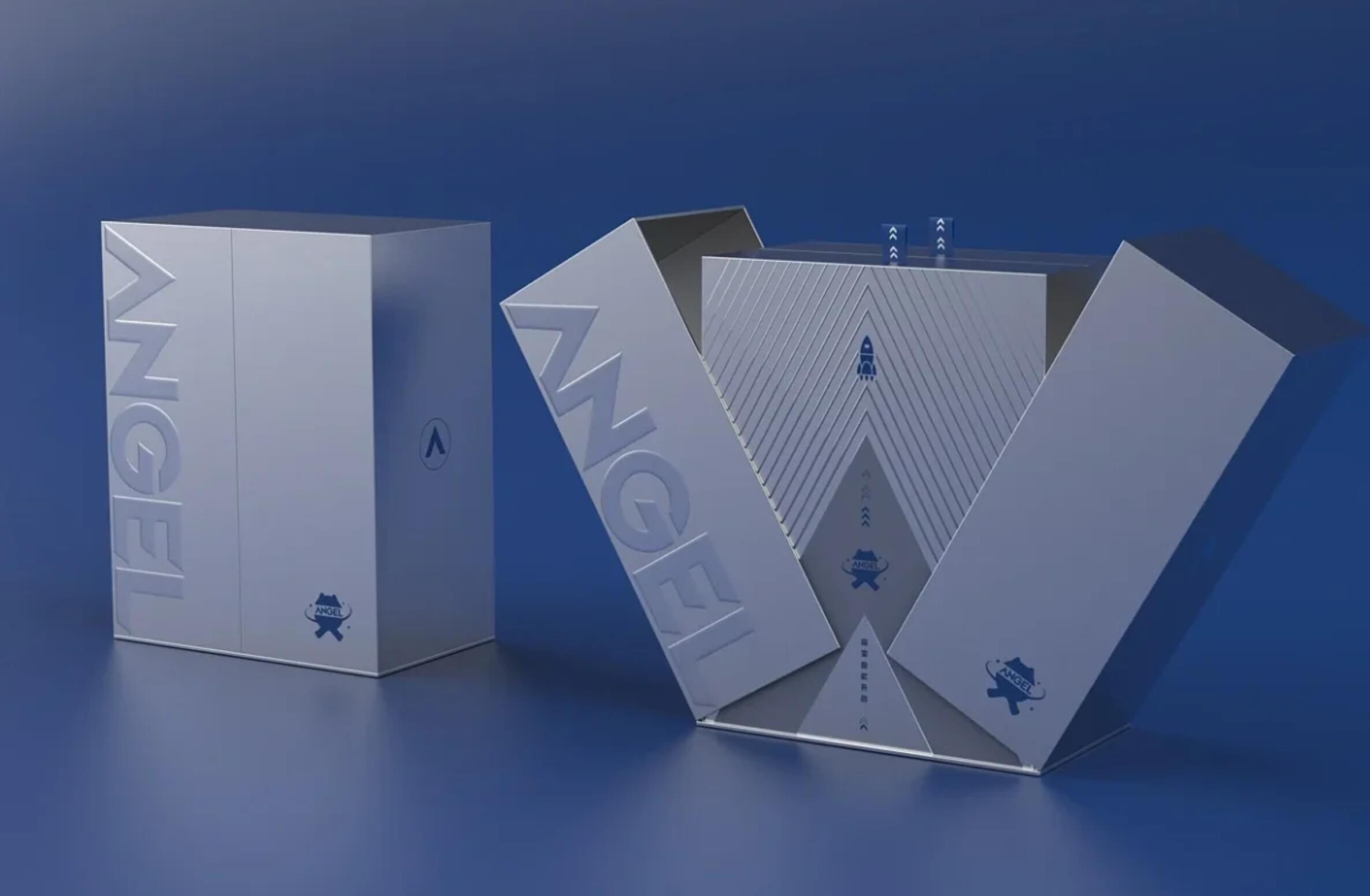
1. Introduction:
Packaging design plays a crucial role in product presentation and consumer perception. In recent years, designers
have increasingly recognized the importance of texture and tactility in creating a sensory experience that enhances
brand identity and influences consumer behavior. This paper aims to explore the integration of texture and tactility
in packaging design, paying special attention to the materials used and the structural aspects of packaging boxes.
2. Texture and Tactility in Packaging Design:
2.1 Sensory Experience:
Texture and tactility evoke an emotional response in consumers, making the packaging design more memorable and
engaging. By incorporating various textures, such as rough, smooth, or embossed surfaces, designers can enhance the
overall sensory experience of unboxing a product.
2.2 Brand Identity:
Texture and tactility can reinforce a brand's identity and create a lasting impression. For example, a luxury product may
use premium materials with a soft, velvety texture to convey sophistication and quality. In contrast, a product targeting a
younger demographic might employ vibrant, playful textures to reflect a more energetic and dynamic image.
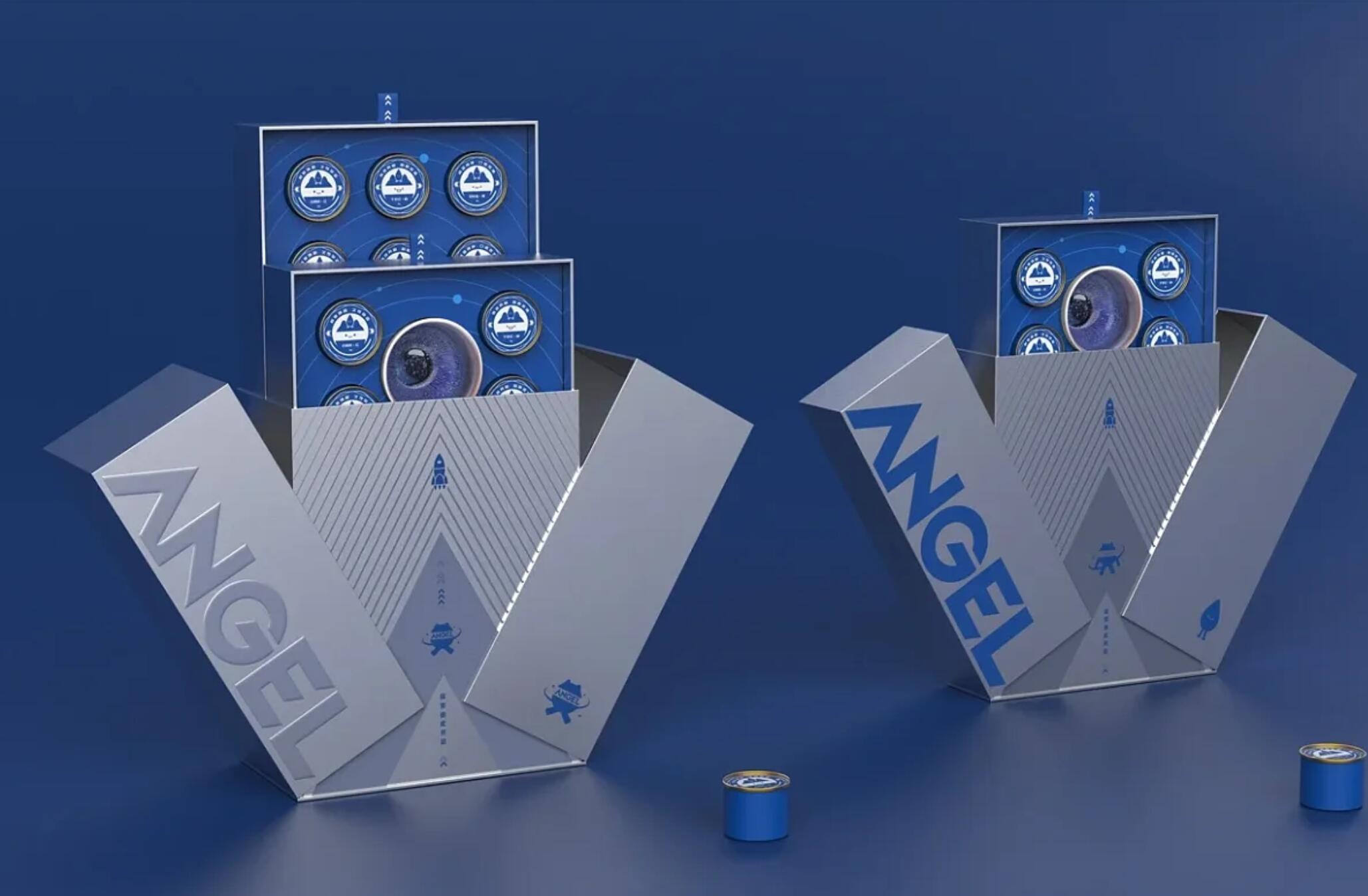
3. Material Selection:
3.1 Sustainable Materials:
With growing environmental concerns, the use of sustainable materials in packaging design has become essential.
Biodegradable and recyclable materials, such as recycled cardboard and plant-based inks, not only contribute to a brand's
eco-conscious image but also provide opportunities for interesting textures and tactility.
3.2 Innovative Materials:
Advancements in material science have expanded the possibilities for texture and tactility in packaging design. For instance,
materials with unique properties like thermo-reactive ink or touch-sensitive surfaces can create interactive and engaging
packaging experiences.
4. Structural Design:
4.1 Ergonomics:
Texture and tactility play a role in the structural design of packaging boxes to ensure ease of use and functionality. Grips, tabs,
or embossed patterns can enhance ergonomics, making it easier for consumers to handle and open the packaging.
4.2 Unboxing Experience:
Creating an exciting unboxing experience is a current trend in packaging design. Incorporating textures and tactility in clever
ways can enhance this experience, leaving a lasting impression on the consumer. Examples include pull tabs, pop-up elements,
or nested compartments that surprise and delight the user.
5. Conclusion:
Texture and tactility are powerful tools in packaging design, providing opportunities to connect with consumers on an emotional
level. By carefully selecting materials, considering the structural design, and incorporating these elements thoughtfully, designers
can create memorable and engaging packaging experiences. The integration of texture and tactility not only enhances brand
identity but also contributes to sustainable practices and ultimately influences consumer behavior.
In conclusion, as packaging design evolves, texture and tactility will continue to play a vital role in creating a meaningful connection
between the brand and the consumer. By leveraging the latest design concepts and materials, designers can shape experiences that
go beyond the visual realm, leaving a lasting impression and fostering brand loyalty. Embracing texture and tactility in packaging
design is not only a response to changing consumer preferences but also an opportunity to elevate the overall user experience.
